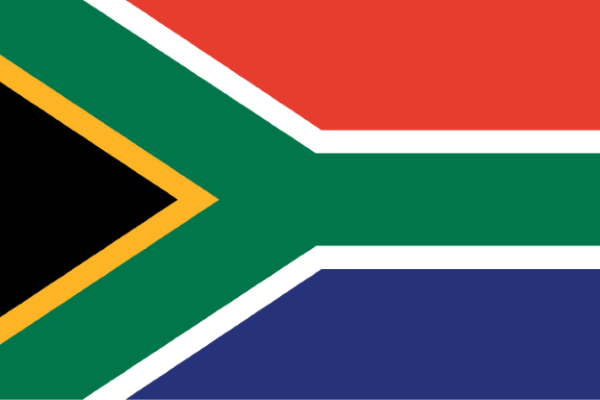The Order of Ikhamanga in Silver

Willie Bester (1956 - ) Awarded for:
Excellent contribution to the art of mixed media paintings, canvas assemblages and metal sculptures.
Profile of Willie Bester
Willie Bester was born in the town of Montagu near Cape Town in 1956 to a Xhosa father and a mother classified coloured. In the convoluted language of apartheid he was classified 'other coloured'.
Bester displayed his talents early in life when as a young boy, he began making toy cars out of recycled wire, which was common enough among children at the time. However, Bester's wire cars were covered in metal and expressively decorated. He began experimenting with painting by the time he was seven.
When he was 10 years old, his family was forced to move to a 'homeland' in accordance with the Group Areas Act. Although a promising student, Bester dropped out of school after the ninth grade to help the family economically by making and selling shoes and crafts. In his late teens, Bester, like many other unemployed youth from the townships and rural areas at the time, joined the South African Defence Force, where he stayed for one year. He would spend another year in a military camp for unemployed black youth.
The naked racism he experienced in the apartheid army and the real consequences of the war he witnessed influenced him deeply and was to have a decisive impact on his life. He was forced to confront the racial self-hatred that was engendered by being part of the apartheid army, fighting his own people.
At the age of 30, having scraped a living since his early teens, and now in Cape Town, Bester was drawn to his childhood love for art. He began to attend part-time classes at the seminal Community Arts Project (CAP) in District Six. In the context of the heightened political resistance of the mid-1980s, Bester found an intellectual home with the community of socially committed artists he began to associate with. He began to express his nascent political conscience through his art. As part of this collective of artists, Bester played an active role in the anti-apartheid movement.
At CAP, Bester honed his technique. He became known for his signature mixed media creations, using scrap materials – acquired from local dumps – combined with the use of oil paints and photographs, often taken by himself. Bester's conscious use of these materials is in homage to his past, and the many compatriots who find creative ways to house themselves and to survive. With these, he expresses the textured themes of his work, which include forced removals, township life, gender oppression and the brutalisation of South African society. This method is exemplified in his Tribute to Steve Biko (1992) in which the material used vividly conveys the nature of apartheid violence.
By the late 1980s, Bester began to achieve a measure of success as an artist and he turned professional in 1991. Today, Bester's mixed media paintings, canvas assemblages and metal sculptures are housed in many private, corporate and public collections in South Africa and abroad. He has exhibited his works on the continent, in Europe, the United States, and in the Far East.
Bester emerged as one of South Africa's most important resistance artists. He is recognised internationally for his ground-breaking anti-apartheid work. In more recent years, Bester has explored contemporary themes arising from the challenges of post-apartheid South Africa such as crime, greed, poverty and corruption. For him, resistance to apartheid was fundamentally about humanity and human rights, which he continues to be vigilant about.
Willie Bester’s organic, gritty and tangible art speaks, unmediated, from his heart and soul. While his inspiration no doubt arises from the life experiences that have forged him, it stands as a metaphor for the life experiences of all South Africans. His art is a vital part of our national consciousness.
Bester lives with his wife Evelyn and their three children in Kuilsrivier, outside Cape Town, in a house that veritably is an extension of his art. He is the recipient of the French Prix de l'Aigle (1992) for most original work.




